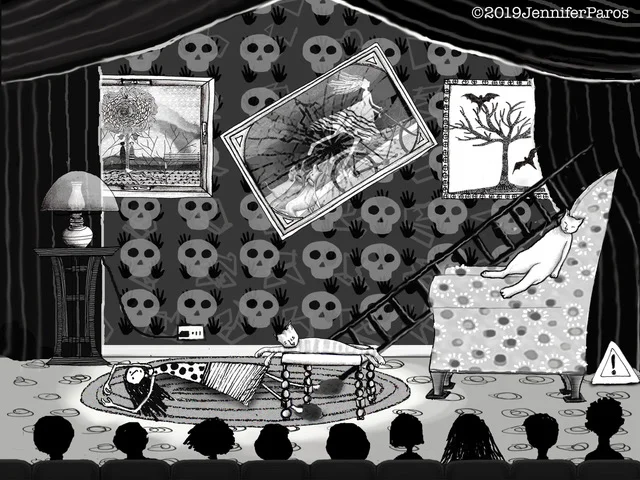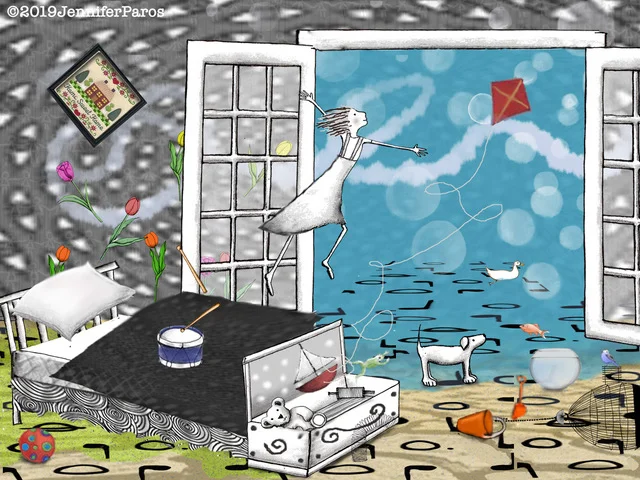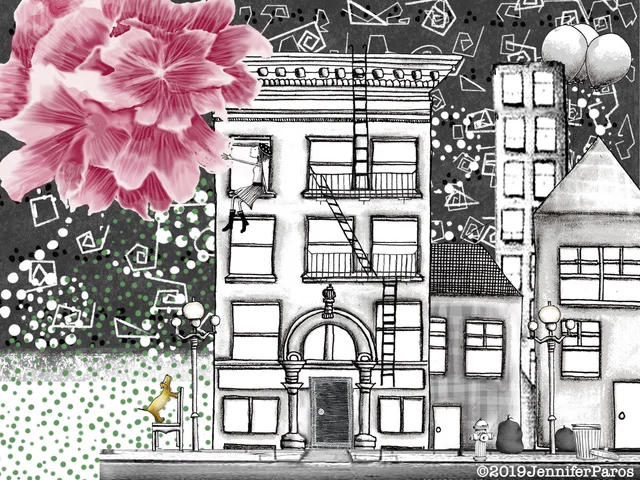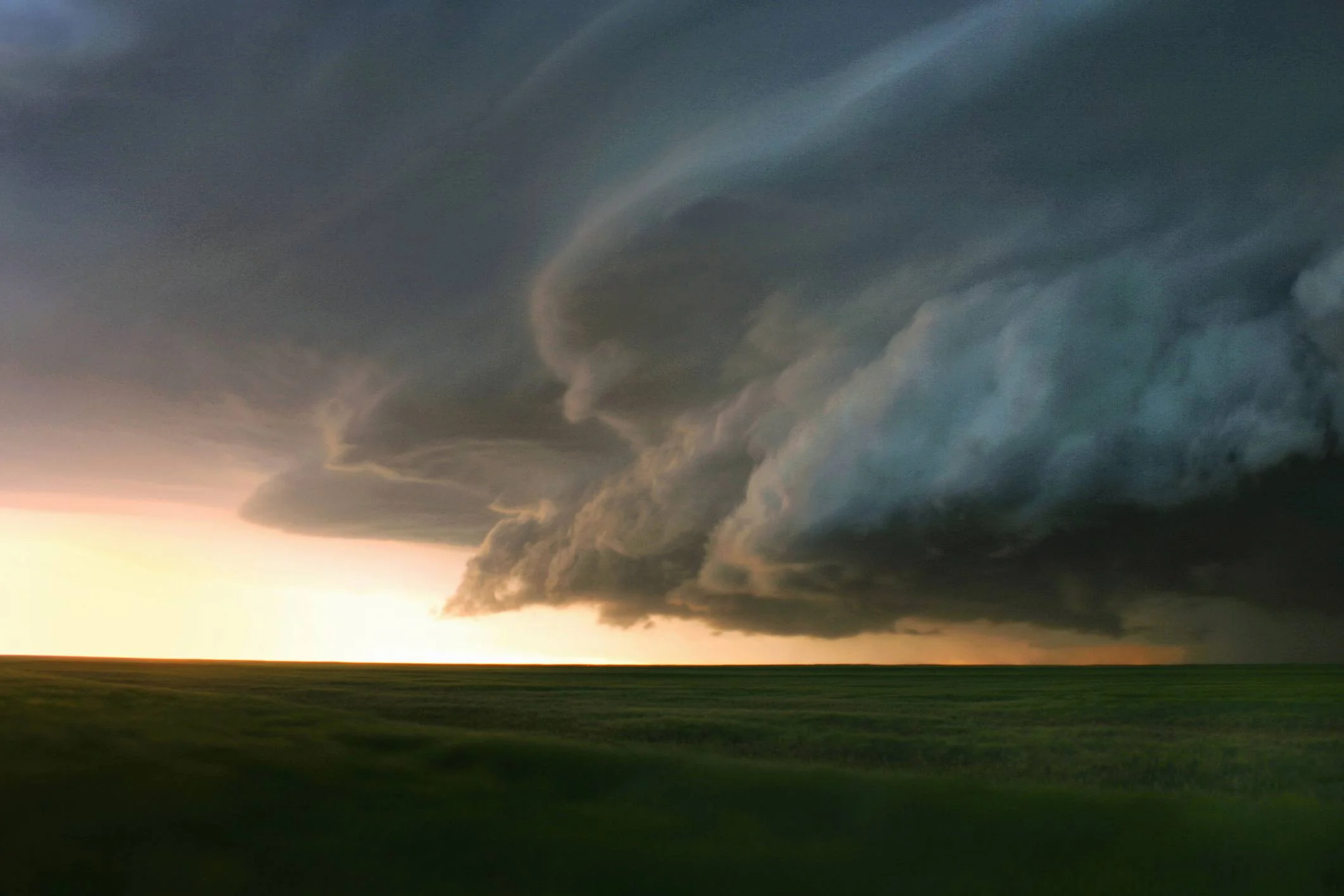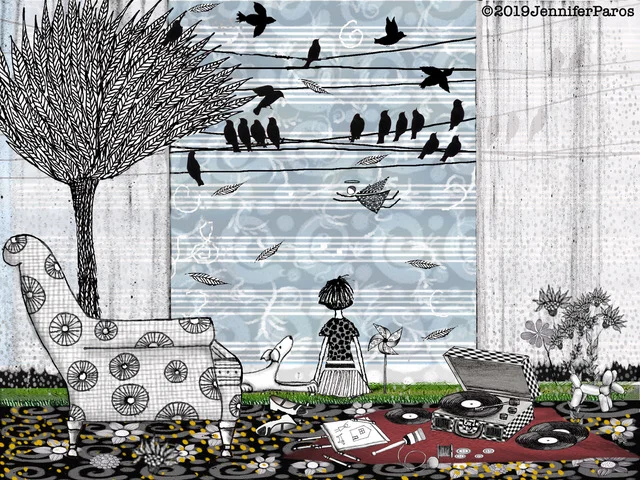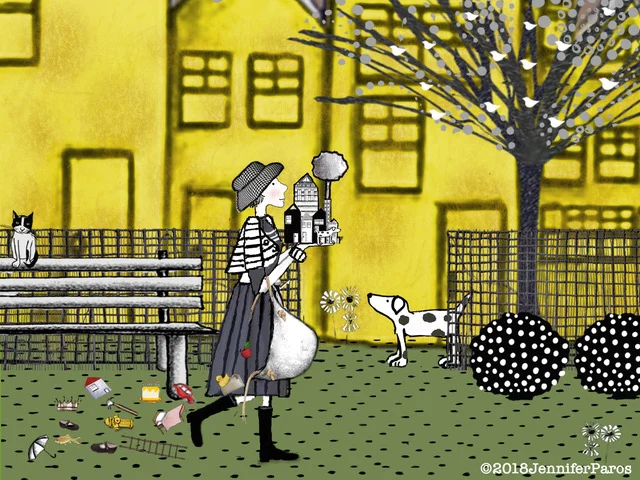It can get confusing out there in Publishing Land – so many options, so little time – unless, of course, your compelling novel is about some Girl/Wife/Woman that is Gone/Alone/Lost; a book that is easily marketed within an established, profitable niche by a large, successful, traditional publishing house. But if this does not describe your project – or heck, if it does, but you want to keep all of your spoils and you’re incredibly good at establishing your own marketing, publicity, and a large audience – then you might want to know your options when it comes to publishing. What’s the difference anyway between the Big Five publishers, mid-size and large publishers, and small presses? And stop those same presses: what’s the difference between those and self-publishing? Most importantly, what’s the best option for you?
A bit of background: the Big Five publishing houses are HarperCollins, Simon & Schuster, Hachette, Macmillan, and Penguin/Random House – all based in New York City. Many authors have the goal of being published by one of these five houses, and it’s a fine aspiration; after all, they have money, distribution, power, and prestige. That means you’ll earn a higher advance, get into the big bookstores, have a better chance of reviews, acquire a large print run, and have experienced marketing, art, sales, and publicity teams working for you. Pretty sweet deal, huh? And all you have to do is write an engaging enough book (usually with mainstream appeal) to catch a top-notch agent’s eye, and then get those houses into a bidding war over your groundbreaking tome. Easy peasy! However, on the downside, you might get lost on the huge list of a giant publisher and your publishing pairing might seem less of a supportive, two-way partnership than a mega, hands-off business transaction.
Read More


